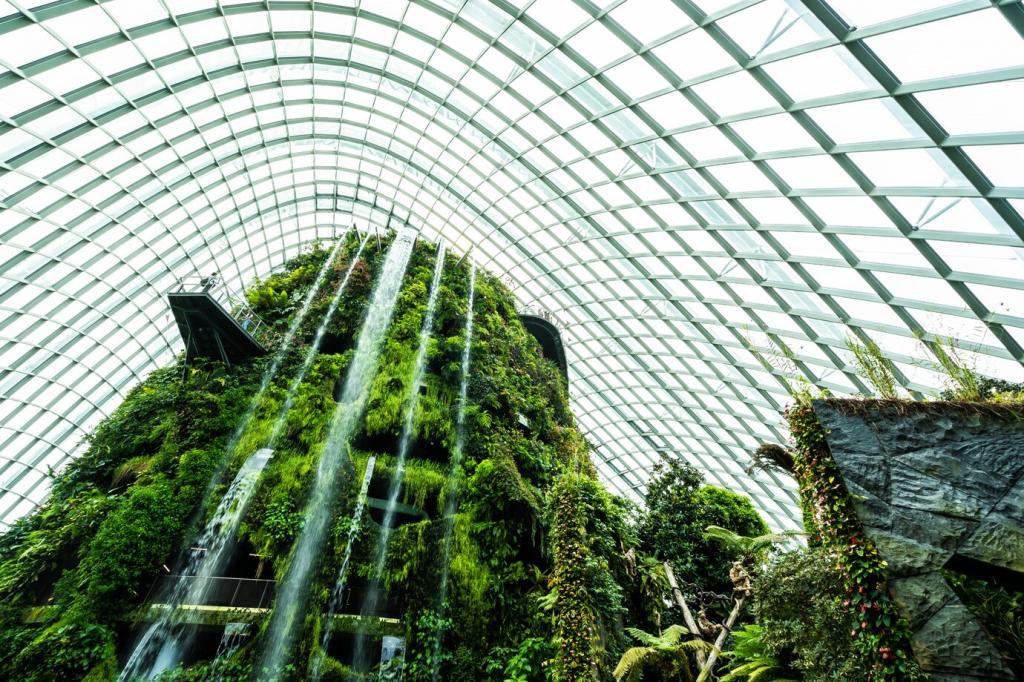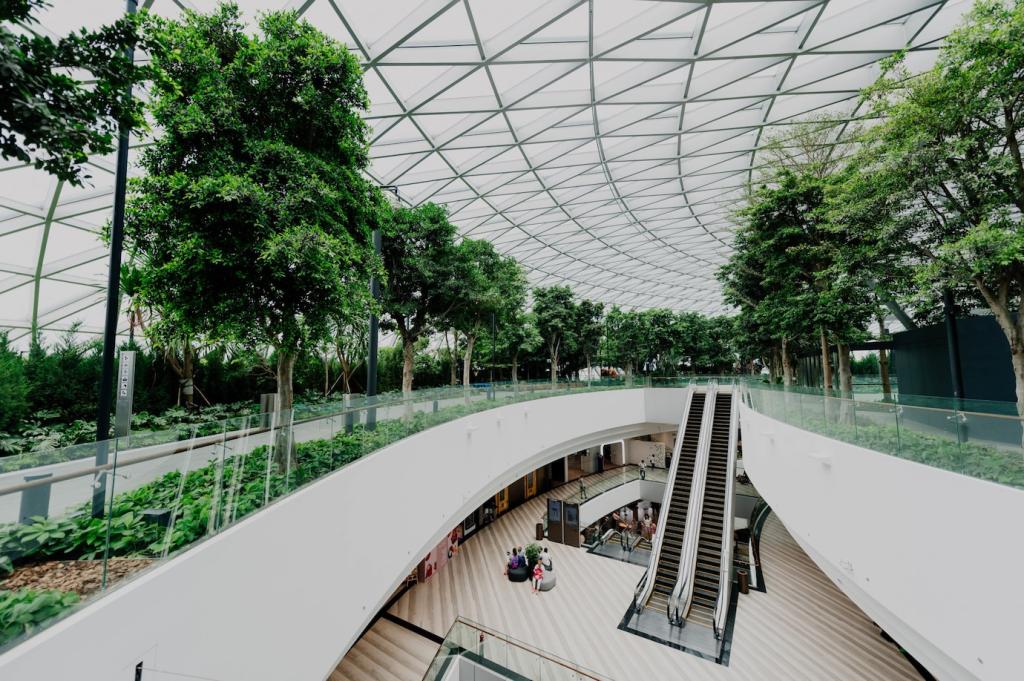Sustainable Landscaping for Tiny Home Living
Sustainable landscaping is essential for anyone embracing the tiny home lifestyle. Limited outdoor space can present challenges, but also opportunities to create a thriving, eco-friendly environment that complements your minimalist approach. By focusing on sustainable strategies, tiny home dwellers can craft beautiful, functional, and environmentally conscious outdoor areas that extend the benefits of tiny living beyond four walls.

Zoning Your Outdoor Space
Even a modest plot can accommodate distinct zones for relaxation, gardening, and storage. Defining these zones with natural barriers, such as native hedges or decorative rock features, allows each area to fulfill its function without overwhelming the senses. Purposeful zoning also supports soil health and biodiversity by discouraging overuse and compaction of a single area.

Integrating Indoor-Outdoor Living
Blurring the lines between interior and exterior helps tiny home dwellers feel less confined. Choices such as sliding doors, patios, or decks anchor the home in its landscape, making the limited square footage seem larger. By designing outdoor spaces to serve as living rooms, kitchens, or workspaces, you can enjoy fresh air and natural light, all while keeping your environmental footprint small.

Choosing Proportionate Features
In tiny home landscaping, every feature should match the scale of the dwelling. Oversized plantings or structures can dwarf a compact home, while thoughtfully selected small trees, container gardens, or built-in seating provide comfort and beauty. Focusing on scaled elements maintains harmony and ensures your sustainable choices feel intentional, not accidental.

Drought-Tolerant Plant Selection
Opting for drought-tolerant and native plants is a core tenet of sustainable landscaping. These species generally require less water, resist pests, and support local ecosystems, making them a practical match for the reduced scale of tiny home gardens. With careful planning, you can have a lush, colorful landscape that thrives year-round, all while protecting precious water resources.

Strategic Rainwater Harvesting
Collecting and utilizing rainwater is especially effective in small-scale landscapes, where every gallon makes a difference. Installing rain barrels or creating swales guides rainwater to where it’s needed most. This approach not only alleviates pressure on municipal systems but also supports resilient gardens that can endure dry spells.
Eco-Friendly Materials and Hardscapes
Natural Pathways and Surfaces
Permeable natural paving such as gravel, flagstone, or wood mulch offers crucial benefits in small landscapes. These materials support surface drainage, mitigate heat build-up, and blend visually with nearby vegetation, creating unity between the built and natural environment. In addition to being sustainable, such surfaces require less intensive maintenance and foster a sense of organic flow throughout your outdoor space.
Recycled and Upcycled Features
Repurposing existing materials—like reclaimed wood for planters or salvaged brick for patios—enhances sustainability by reducing waste and demand for new resources. Such materials add character and history to your landscape while underscoring your commitment to minimal-impact living. With creativity, even remnants and leftovers become valued features that support the aesthetic and practical needs of tiny home dwellers.
Locally Sourced Building Choices
Whether you are erecting a privacy screen or assembling raised beds, opting for materials sourced within your region is crucial for reducing the carbon footprint of your landscaping project. Local stone, timber, or native plantings not only harmonize with the surrounding environment but often last longer and require less intervention. This thoughtful approach supports both your community and your sustainable landscaping goals.
